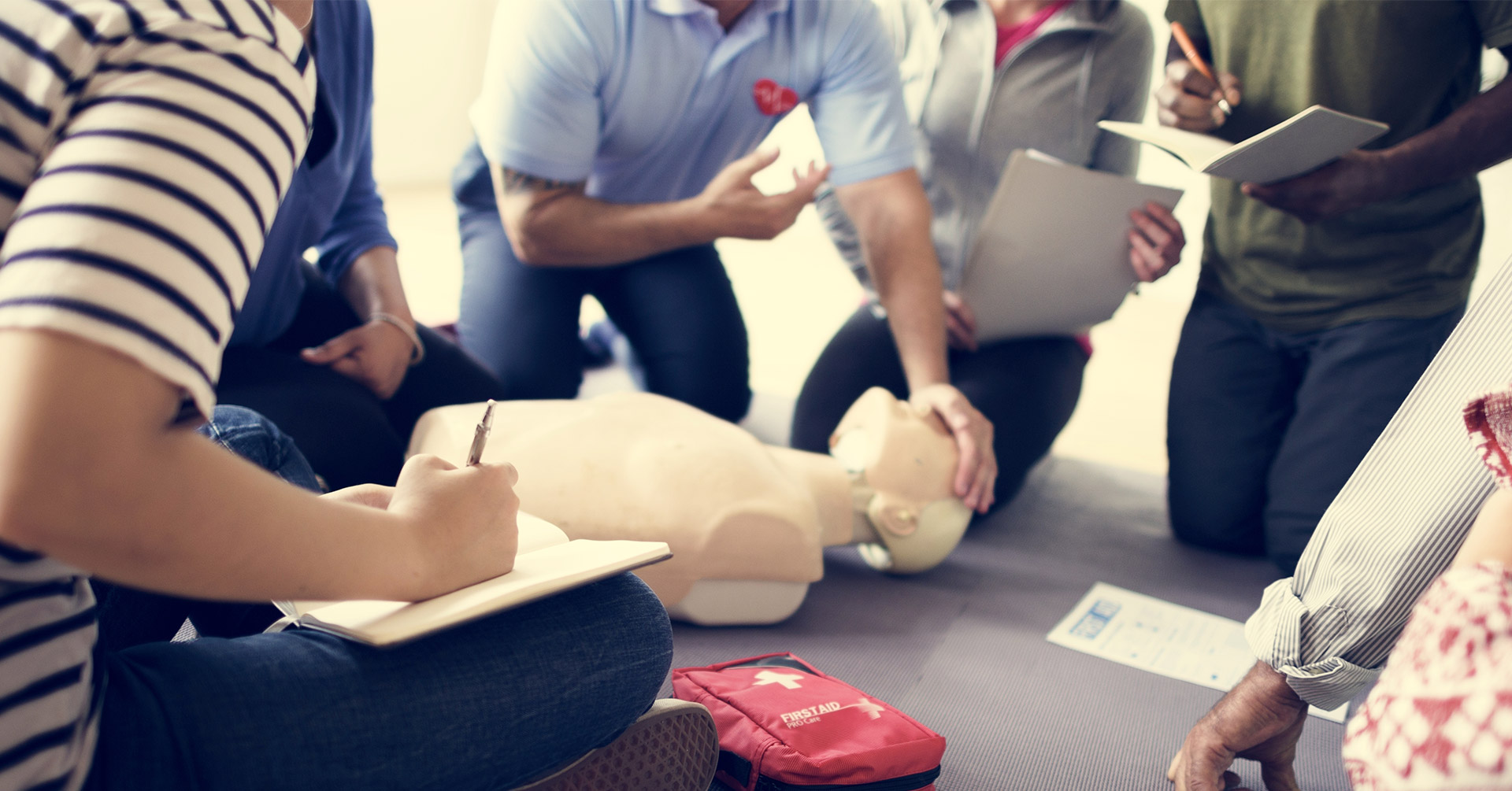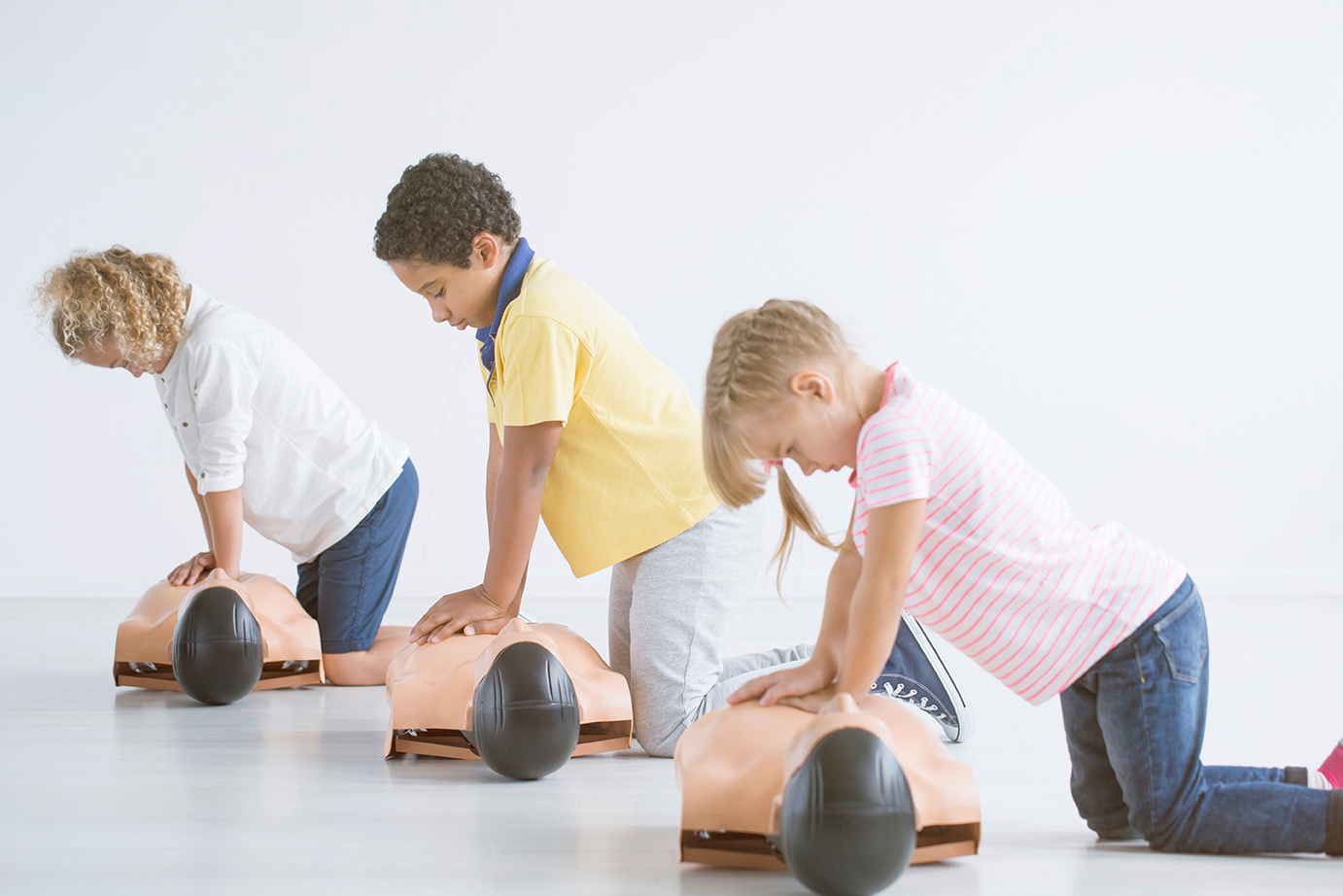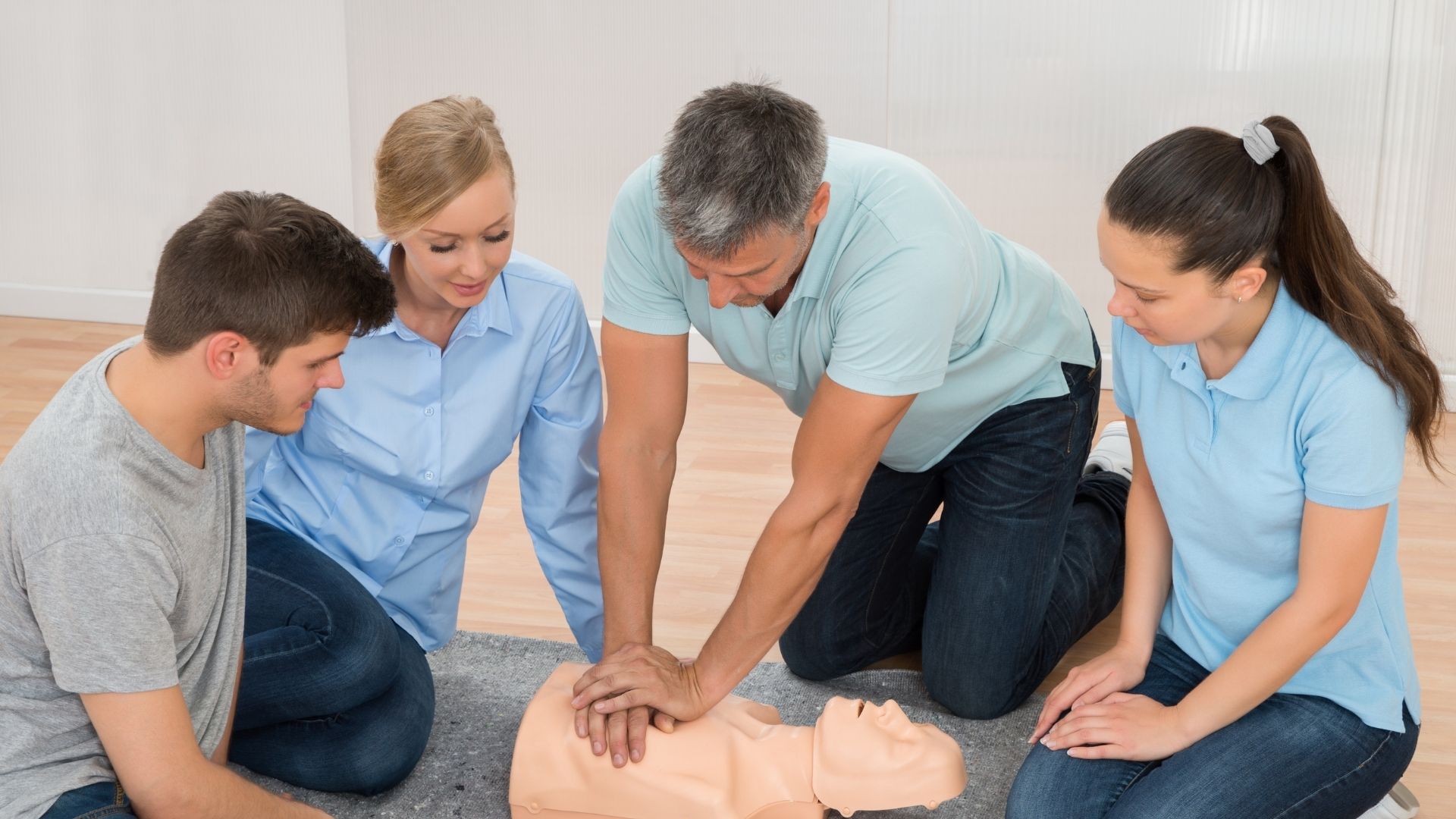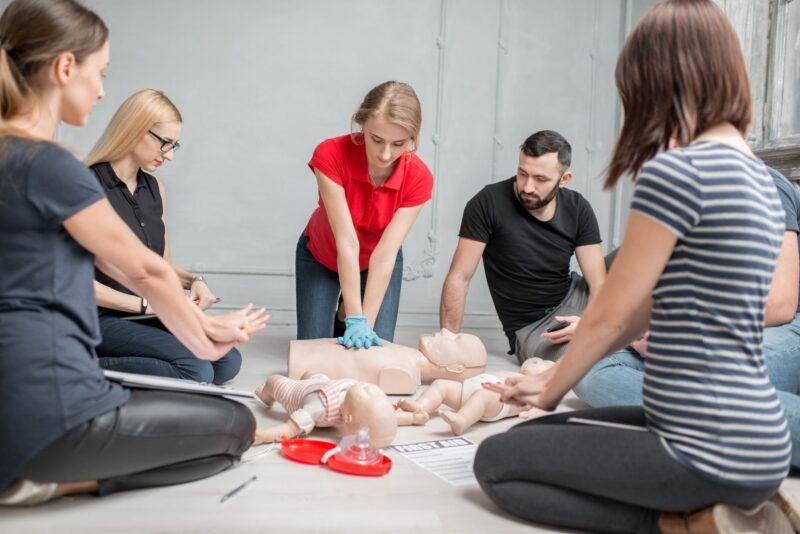Learning cardiopulmonary resuscitation (CPR) is an essential skill for anyone wanting to be prepared for a medical emergency. But as with any skill, learning CPR requires time and dedication.
For those planning to take a CPR class, it can be difficult to estimate how long the course will take. This article explores the various factors that affect the duration of a CPR class and helps readers understand what they need to know about estimating their course duration.
Understanding the Necessary Components of CPR Class Duration
When it comes to understanding the necessary components of CPR class duration, a variety of factors must be taken into consideration. Factors such as the number of participants, instructors available, and type of instruction all have an impact on how long each class should last.
Additionally, the level of proficiency that is expected from students plays a role in determining how much time will be required for proper instruction. Finally, any additional skills or resources needed to complete certification can also add time to the entire course duration. Accounting for these elements can help ensure that CPR classes are conducted with efficiency and accuracy while still providing enough learning opportunities for all involved.
Estimating Time Requirements for Completing a CPR Course

When it comes to estimating the time needed for completing a CPR course, there are a few key considerations. First and foremost is the student’s level of familiarity with the material; those who have had previous experience performing CPR will require less time than those who are completely new to it.
Second, an individual’s physical conditioning plays a role in how quickly they can complete their training; someone with poor aerobic fitness may take longer to finish than someone else in peak condition. Finally, instructors often adjust class duration based on the size of the group taking part; larger classes tend to move more slowly due to logistical concerns.
All told, individuals seeking CPR proficiency should expect that courses could last anywhere from four hours up to several days depending on their circumstances and needs.
Assessing Factors That Impact Class Length
When it comes to estimating the duration of a CPR class, numerous factors should be assessed. The type and scope of training, the size of the class, and the particular teaching methods all influence how long a session will take to complete.
Additionally, instructors should also consider environmental conditions – such as temperature or noise level – which can affect concentration levels in both students and teachers alike. Furthermore, having an appropriate number of resources available for use during class is essential to keep everyone engaged throughout the lesson.
By considering these complex interacting elements ahead of time, practitioners can better estimate how much time they need for their CPR classes.
Maximizing Learning Efficiency During Classes

To maximize learning efficiency during a CPR class, students need to understand the duration of the course and how best to use that time. Focusing on key concepts and practicing core skills can help ensure that information is properly absorbed efficiently.
It can also be helpful for teachers to provide resources such as handouts or online materials so students have something tangible they can look back at when reviewing material after the course has ended. Additionally, teaching strategies like spaced repetition and active recall can help solidify new knowledge and allow students to review relevant topics more quickly.
Finally, providing ample opportunity during class sessions for questions and practice drills will enable learners to develop proficiency with CPR techniques faster than if these opportunities weren’t available.
Conclusion
CPR & First Aid are critical skills needed to save lives, and the estimated class duration for CPR proficiency is an important factor in determining how quickly a person can achieve that goal. With the right amount of preparation and practice, anyone can become proficient in CPR or first aid, no matter their background or experience level.
Knowing the expected length of a CPR course can help make sure you receive enough instruction to be successful in learning this life-saving skill.



